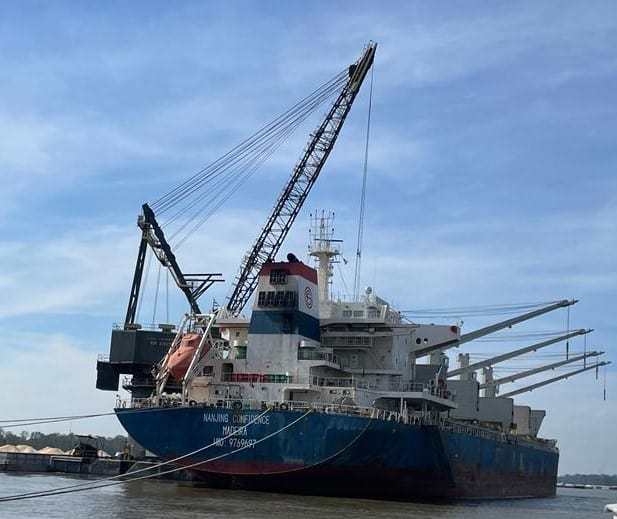Click here for article source from Interra International.
While shipping agricultural products by ocean containers and trucks is our bread and (sometimes literal) butter at Interra, we also ship grains in bulk via chartered vessels. A recent shipment totaled nearly 30,000 MT – the equivalent of 1,500 containers. Imagine trying to book 1,500 containers with shipping lines! If you can make it work, there are significant economies of scale with a chartered vessel.
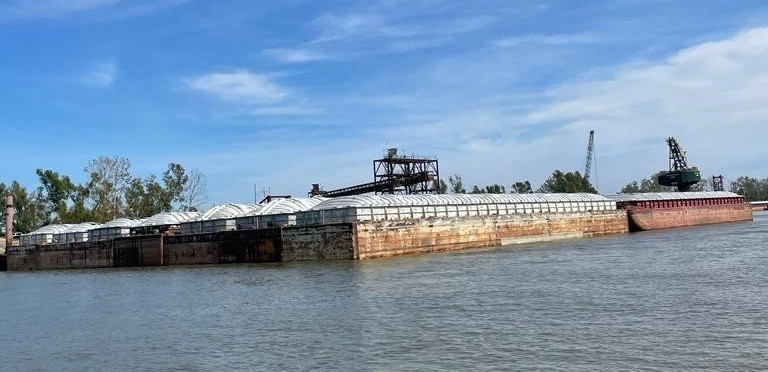
When we ship in bulk out of the US, we normally have the suppliers load bulk in barges, which are floating vessels without engines that each hold 1,500-2,000 MT, depending on the product. They are pulled (or “tugged”) down the Mississippi River system in fleets by tugboats and delivered at one of many vessel loading locations near New Orleans. The tugboat might make several stops, dropping barges off and picking them up along the way. Depending on the conditions of the river and where the barges are loaded, it may take a few days to several weeks for the barges to arrive. If the river is too high or too low, there can be further delays. As you might imagine, it can be very difficult to time the arrival of the barges with the arrival of the vessel.
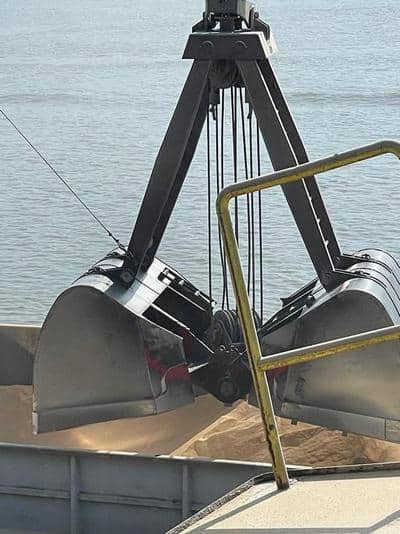
Once the vessel arrives, if the barges are all ready and the terminal is available, the vessel anchors next to the floating elevator (which “elevates” or loads the cargo into the vessel) and the product is loaded via clamshell buckets from barge to vessel. As you can see in one of the photos, the vessel is on one side, the elevator rig is in the middle, and the barge is moored to the other side. The crane lowers the clamshell into the barge, scoops up the grain, swivels around and empties it into one of the vessel holds (this vessel had five holds). This process repeats 24 hours a day, about 29 metric tons per scoop, until the barge is empty, at which point it is moved away and the next barge is positioned for loading.
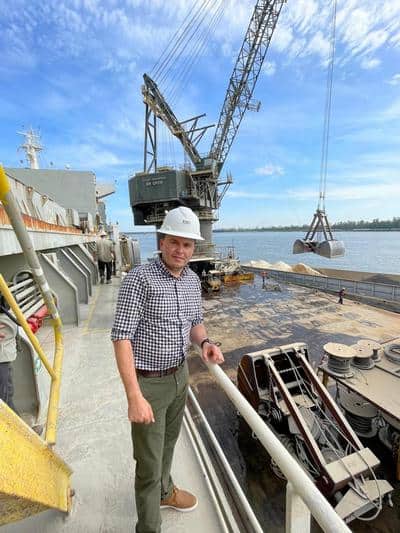
Our team is on site and makes sure the operation goes smoothly and that the loading is completed as quickly as possible in order to avoid demurrage. One nice thing: if you load faster than the demurrage agreement, you actually get money back. This is called despatch, and it’s only half the amount of the demurrage rate, but it’s something. Every day—and every hour—matters.

Unlike ocean containers, which keep the product dry, this type of loading involves open hatches, exposing the cargo to the elements. When rain—or even the threat of rain—comes, the captain orders the hatches closed and loading halts. Thankfully, this time doesn’t count…unless we have already used up our free time, in which case the demurrage clock keeps running (an unfortunate occurrence).
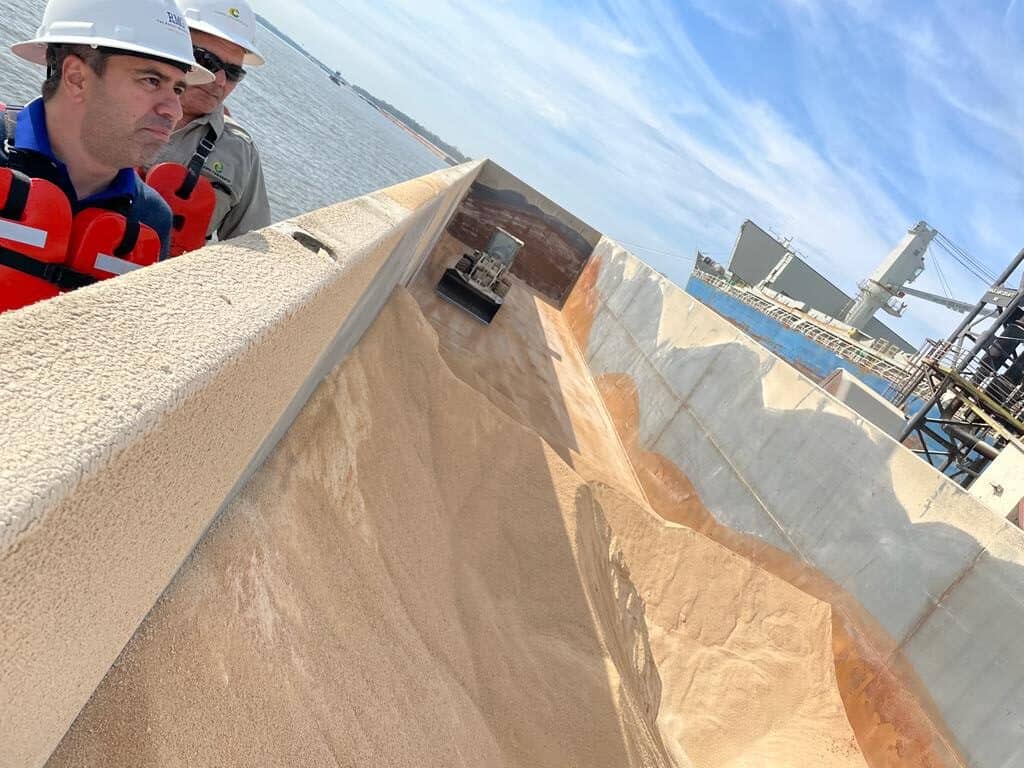
After the vessel is finished loading, it sets sail directly to the port of destination with no stops. This means that we often don’t have a long time to get documents into the customer’s hands. In order to avoid demurrage at destination, we work in advance on the documentation so that all we have to do is enter the final quantity and address any last-minute customer requests. Since these are large quantities, usually there are multiple consignees and/or multiple sets of documents for the same consignee. Combine that and a 5-day transit and it can be a mad rush.

Don’t forget about accounting…a shipment this big also means huge A/P and A/R, and everyone wants paid ASAP, including us. We work closely with the Accounting department to make sure we pay the vendors promptly and correctly. Regarding the A/R, everyone keeps a close eye on the customer’s payment status.
Larger quantities come with larger risks and small problems can have big financial consequences when it comes to these shipments, but we work closely between Operations, Commercial, Accounting, and Risk to minimize our risk and ensure the smoothest execution possible. The “story” of each vessel shipment is different, which we’ll admit comes with challenges, but it also makes things interesting. What really makes it work, though, is the expertise and collaboration of our team.
